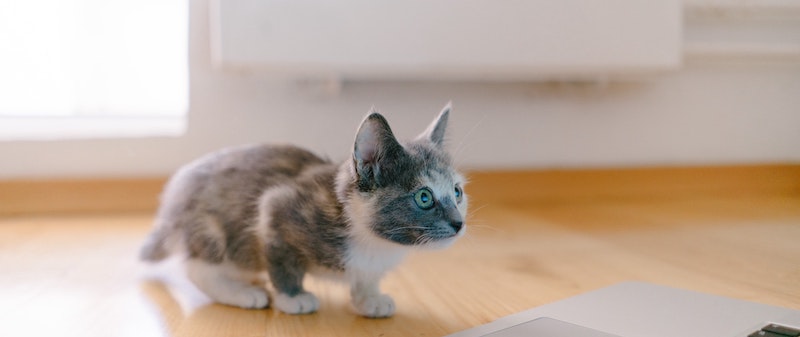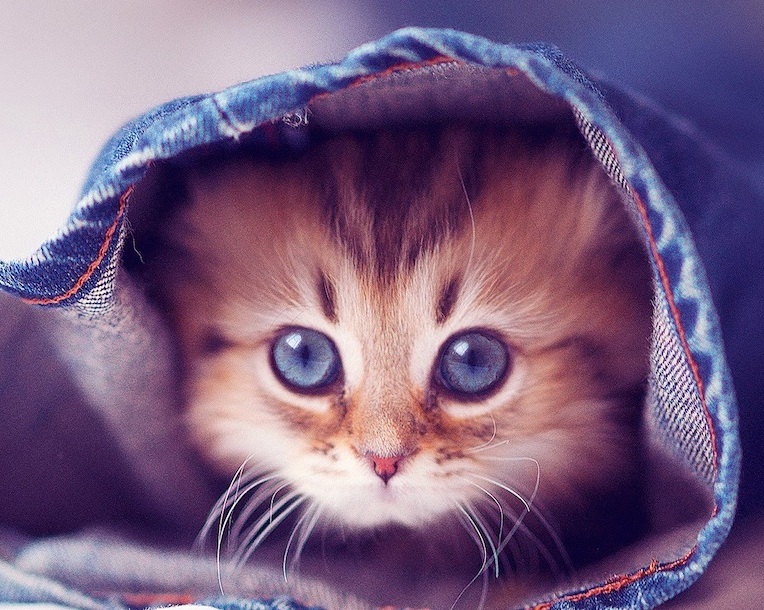
Cats who want to get good at talking with people will learn to tell stories.
Stories are important: They’re a powerful way of telling someone what kind of cat we are. This is how we convey our most important information — by telling stories.
They’re also so much better than just telling someone about yourself. Instead of saying, “I’m brave,” which anyone can say … you can tell a story about how you conquered your fears and did something that scared the hell out of you.






